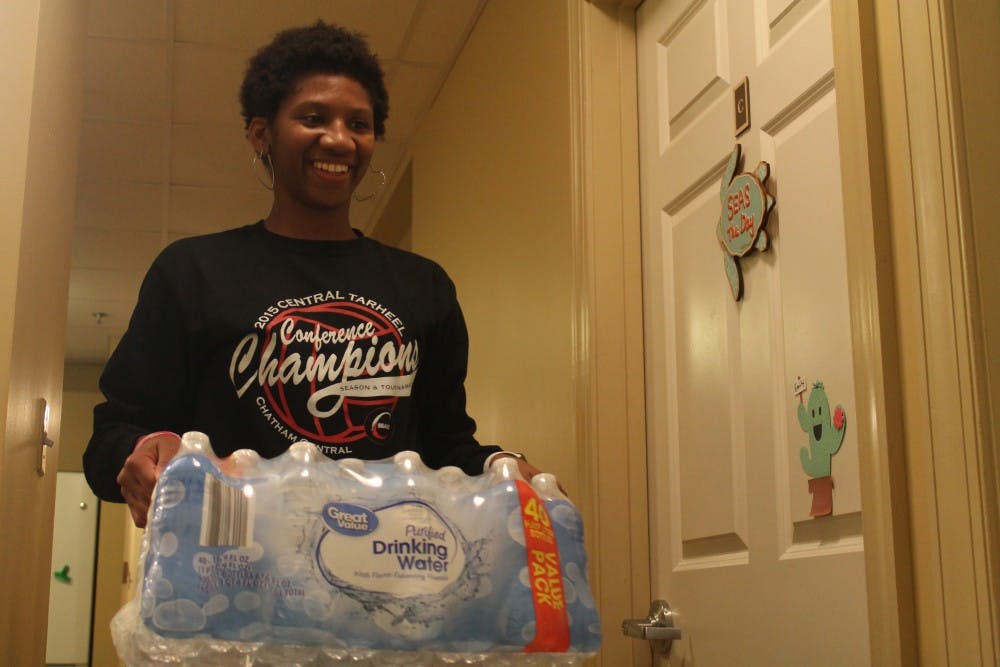In February 2017, there was a large-scale water emergency in the Chapel Hill-Carrboro community, resulting in Do-Not-Use and Do-Not-Drink directives for the entire service area that remained in effect for over a day.
Almost two years later, students and residents of Chapel Hill had a case of collective déjà vu.
At 6 a.m. on Nov. 5, there was a water main break on Jones Ferry Road in Carrboro. Two hours later, Orange Water and Sewer Authority asked customers in Chapel Hill and Carrboro to limit water usage to essential purposes. At 10 a.m., OWASA issued a boil water advisory.
This advisory was lifted at 4 p.m. the next day. OWASA attributed the length of the disaster to the difficulty they had in identifying where the break was.
The cause of the water situation was a broken pipe — specifically, a 77-year-old cast iron pipe. This pipe is part of the two percent of OWASA’s pipes that are 77 years or older, an age that approaches the maximum estimated service life of 110 years old.
“Part of our 20 million dollar capital improvement program is prioritizing pipes based on a number of different factors for either upgrading or total replacement and those factors can range from type of pipe, soil that it’s in, the location, how many customers is serves” said Linda Low, OWASA spokesperson. “The pipe that broke this year just didn’t fit those requirements.”
OWASA assures customers that their priority is to make the system more resilient, and said they have hired a consulting agency to make sure their practices are the most efficient and effective. Low also said OWASA will be meeting with Chapel Hill community partners, such as UNC Hospitals, to make sure they are serving them in the best way possible.
However, not everyone is happy with this promise.
“So much water and money was lost due to something that should have been prevented by consistent maintenance and checking,” UNC student Nicole Toms said.



